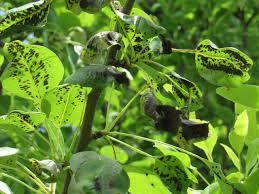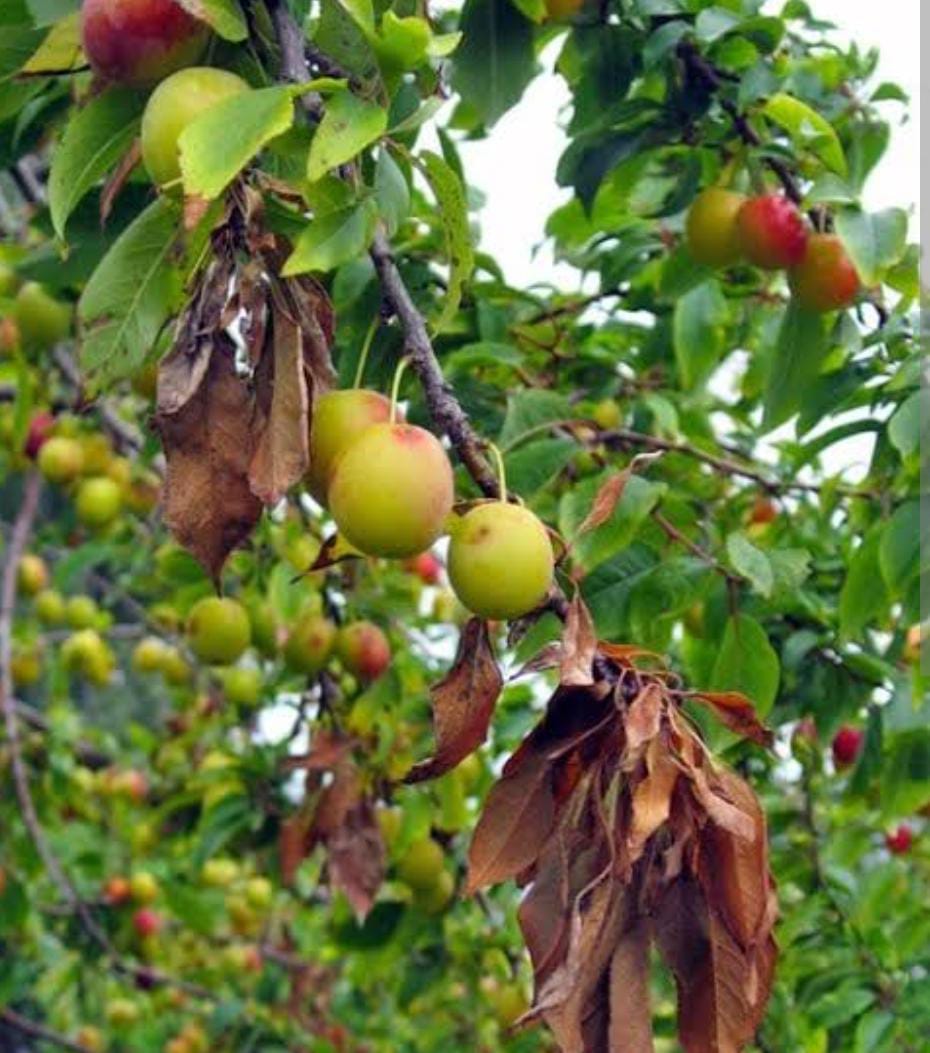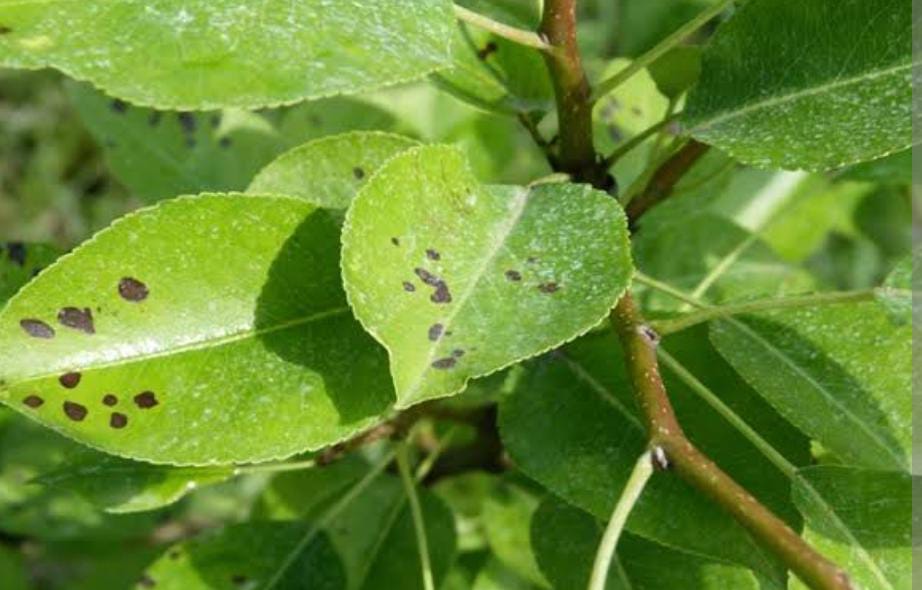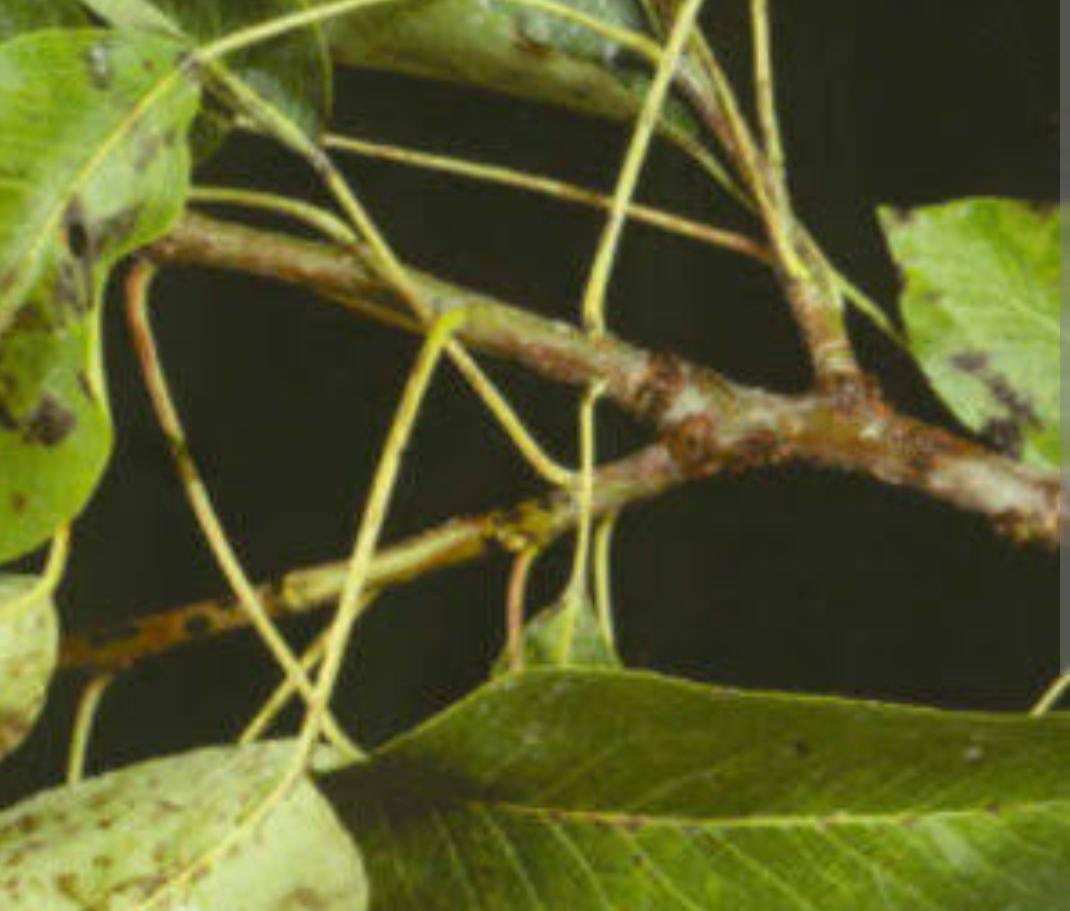Asian Pear
Asian pear trees, 15-30 feet tall in Zones 5-9, prefer well-drained soil and full sun for moderate growth. Known for their crisp and juicy fruits, Asian pears are enjoyed fresh or in various dishes.
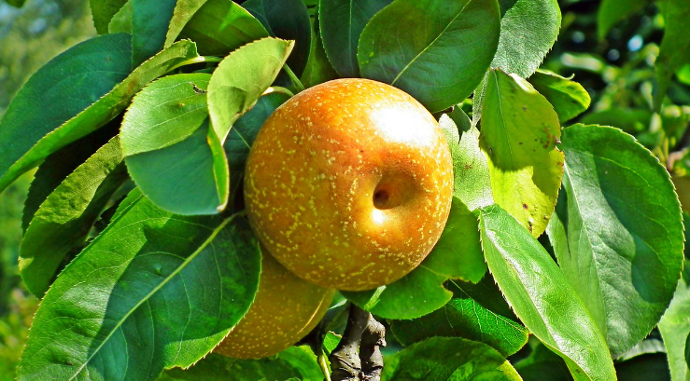
Habit
Tree
Height
5-10 m
Growth
Moderate
Soil
Well-drained loamy soil
Shade
Full Sun
Moisture
Moderate
Edible
Yes
Medicinal
No
Origin
East Asia
Climatic Condition
Temperate
Temperature (°)
18-24°C
Humidity (%)
60-70%
Potting media
Garden soil
Fertilizers
Balanced NPK
Watering
Regular watering; keep soil moist
Plant Weight
5-10 kg
Flowering Time
Spring
Soil Ph level
6.0 - 7.0
Water Ph level
6.0 - 7.0
Soil EC
Medium
Yield Per Plant
50 lbs of fruit
NPK ratio
10:10:10
life Span
50-100 years
Health Benefits
High in dietary fiber and vitamin C; supports digestive health.
Suggested Grow Media or Potting Mix ?
50% loamy soil, 30% compost, 20% sand
Suggested Fertigation/Fertilizers
Fertilize in early spring and mid-summer with a balanced fertilizer.
Common Diseases and Remedies
Fire blight, Scab and Fabraea leaf spot.
Infected tissues are characterized by their blackened, "burned" appearance, hence the name "fire blight. Symptoms first appear as brown to black spots on the leaves.
Any cankered or infected branches or twigs should be cut back .
HEALTH BENEFITS
· Rich in Fiber – Supports digestion, prevents constipation, and promotes gut health.
· Hydrating – Contains about 88% water, helping with hydration.
· Boosts Immunity – High in vitamin C, which helps fight infections.
· Supports Heart Health – Contains potassium, which helps regulate blood pressure.
· Aids Weight Loss – Low in calories and high in fiber, making it a filling snack.
· Regulates Blood Sugar – Has a low glycemic index, making it a good fruit for diabetics.
· Improves Skin Health – Antioxidants and vitamin C help maintain youthful, healthy skin.
· Supports Lung Health – In traditional Chinese medicine, Asian pears are believed to help with respiratory issues.
What Is An Asian Pear?
An Asian pear tree, also known as Pyrus pyrifolia, is a fruit-bearing tree native to East Asia. It is a member of the Rosaceae family, which also includes apples and cherries. Asian pear trees produce round, crisp, and juicy fruits that are often referred to as "apple pears" due to their apple-like shape and pear-like texture. These fruits are typically larger than European pears and have a sweet, refreshing taste. Asian pear trees are popular in home gardens and orchards for their attractive appearance and delicious fruits.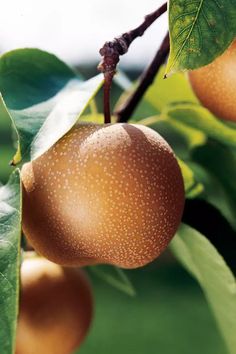
What Are Different Types Of Asian Pear?There are several different types of Asian pear plants, each with its own unique characteristics. Some of the most popular varieties include:
1. Shinseiki:
This variety is known for its round shape, yellow-green skin, and crisp, juicy flesh. It is one of the most widely grown Asian pear varieties.
2. Hosui:
Hosui pears are medium to large in size and have a golden-brown skin with a sweet, juicy flavor.
3. 20th Century:
Also known as Nijisseiki, this variety has a round shape and a yellow-green skin with a crisp, sweet flavor.
4. Kosui:
Kosui pears are small to medium in size and have a yellow-green skin with a sweet, juicy flavor.
5. Chojuro:
This variety has a round shape and a russeted brown skin with a sweet, juicy flavor.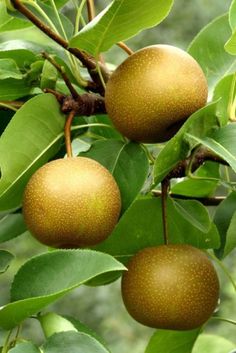
How To Care For Asian Pear?
Location
Asian pear plants (Pyrus pyrifolia) thrive in a location with full sun and well-draining soil. They prefer a slightly acidic to neutral soil pH (around 6.0 to 7.0). It's important to avoid planting them in areas prone to frost pockets, as late spring frosts can damage the blossoms and reduce fruit production.
Sunshine
Asian pear trees (Pyrus pyrifolia) require full sun to thrive and produce healthy fruit. Full sun means at least 6 to 8 hours of direct sunlight per day. In areas with hot summers, some afternoon shade can be beneficial to prevent sunburn on the fruit, but the tree should still receive ample sunlight throughout the day.
Soil
Asian pear plants (Pyrus pyrifolia) prefer well-draining soil that is slightly acidic to neutral, with a pH range of 6.0 to 7.0. Sandy loam or loamy soil is ideal for Asian pear trees, as it provides good drainage while still retaining some moisture and nutrients.
Hydration
Asian pear trees (Pyrus pyrifolia) require regular watering, especially during dry periods. Proper hydration is essential for the tree's overall health, growth, and fruit production. 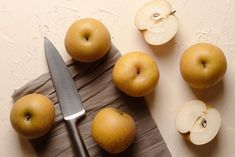
Nourishment
Asian pear plants (Pyrus pyrifolia) require proper nourishment to grow and produce healthy fruit. Here are some guidelines for providing the right nutrients to your Asian pear plant:
1. *Fertilization*: Asian pear trees benefit from regular fertilization to provide them with the nutrients they need to grow and produce fruit. Apply a balanced fertilizer in the spring before new growth begins. Follow the manufacturer's instructions for application rates.
2. *Organic Matter*: Adding organic matter such as compost or well-rotted manure to the soil can help improve soil fertility and provide essential nutrients to the tree. Mix some compost or other organic matter into the soil when planting the tree, and apply a layer of mulch around the base of the tree to help retain moisture and provide additional nutrients as it breaks down.
Issues
Growing Asian pear trees (Pyrus pyrifolia) can be rewarding, but like any plant, they can face various issues. Here are some common problems and solutions:
1. *Fire Blight*: This bacterial disease can cause wilting, blackening, and death of blossoms, shoots, and branches. To prevent it, avoid planting in areas prone to frost pockets, prune infected branches, and apply copper-based fungicides during the dormant season.
2. *Pear Psylla*: These insects can cause damage to leaves and fruit. Use insecticidal soap or horticultural oil to control them, and encourage natural predators like ladybugs and lacewings.
What Are The Benefits Of Asian Pear?
Asian pear plants (Pyrus pyrifolia) offer several benefits, both for the environment and for human health. Here are some of the key benefits:
1. *Edible Fruit*: Asian pears produce delicious, crisp, and juicy fruits that are enjoyed fresh or used in cooking and baking. They are a good source of dietary fiber, vitamin C, and antioxidants
2. *Ornamental Value*: Asian pear trees have attractive foliage and blossoms, making them a beautiful addition to gardens and landscapes.
3. *Pollinator Attraction*: The blossoms of Asian pear trees attract bees and other pollinators, which can help improve pollination in nearby fruit and vegetable crops.
4. *Erosion Control*: The deep root systems of Asian pear trees help prevent soil erosion and improve soil structure.
5. *Carbon Sequestration*: Trees, including Asian pear trees, absorb carbon dioxide from the atmosphere and store it in their biomass, helping to mitigate climate change.
6 *Shade and Cooling*: Asian pear trees provide shade and help cool the surrounding area, reducing the need for air conditioning in hot climates.
7. *Wildlife Habitat*: The fruits of Asian pear trees provide food for birds and other wildlife, contributing to biodiversity.
8. *Cultural Significance*: Asian pear trees have cultural significance in many Asian countries, where they are often associated with prosperity and good fortune.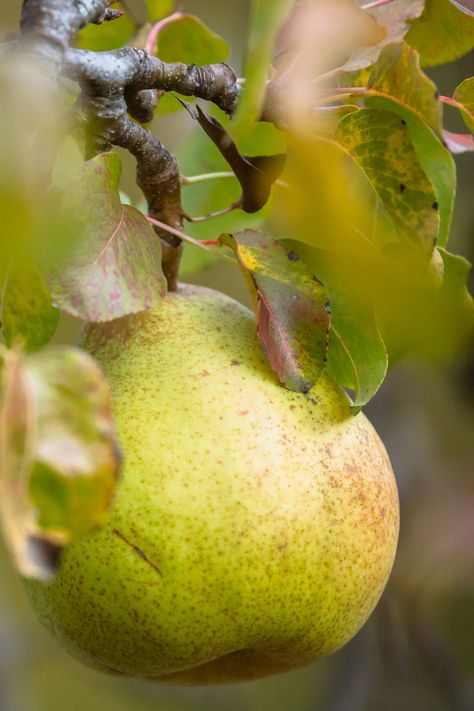
FAQ'S About Growing Asian Pear ?
1.How to maintain asian pear plant?
Maintaining an Asian pear plant (Pyrus pyrifolia) involves several key steps to ensure healthy growth and fruit production. Here are some guidelines for maintaining an Asian pear plant:
1. *Watering*: Asian pear trees need regular watering, especially during dry periods. Water deeply, but infrequently, to encourage deep root growth. Avoid overwatering, as this can lead to root rot.
2. *Fertilizing*: Apply a balanced fertilizer in the spring before new growth begins. Follow the manufacturer's instructions for application rates.
2.What are the uses of asian pear plant?
Asian pear plants (Pyrus pyrifolia) have several uses, both culinary and ornamental. Here are some of the key uses:
1. *Edible Fruit*: The most common use of Asian pear plants is for their delicious, crisp, and juicy fruits. Asian pears can be eaten fresh, sliced in salads, or used in cooking and baking.
2. *Culinary Applications*: Asian pears are used in a variety of culinary applications, including desserts, jams, jellies, and beverages. They can also be pickled or dried for longer storage.
3. *Ornamental Value*: Asian pear trees have attractive foliage and blossoms, making them a beautiful addition to gardens and landscapes.
4. *Pollinator Attraction*: The blossoms of Asian pear trees attract bees and other pollinators, which can help improve pollination in nearby fruit and vegetable crops.
5. *Erosion Control*: The deep root systems of Asian pear trees help prevent soil erosion and improve soil structure.
3.Can I grow asian pear plant indoor?
Asian pear plants (Pyrus pyrifolia) are typically grown outdoors in full sun, as they require a significant amount of sunlight to thrive and produce fruit. However, it is possible to grow an Asian pear plant indoors under the right conditions. Here are some guidelines for growing an Asian pear plant indoors:
1. *Choose a Dwarf Variety*: Asian pear trees can grow quite large, but there are dwarf varieties available that are more suitable for indoor growing. Look for a dwarf variety that is well-suited to container growing.
2. *Select a Large Container*: Choose a large container with good drainage holes to plant your Asian pear tree. The container should be at least 18 inches in diameter and 18 inches deep to provide enough room for the roots to grow.
3. *Use Well-Draining Soil*: Use a well-draining potting mix that is specifically formulated for fruit trees. Avoid using garden soil, as it can become compacted and inhibit root growth.
4. *Provide Adequate Sunlight*: Asian pear trees need at least 6 to 8 hours of direct sunlight each day to produce healthy fruit. Place the tree in a sunny window or use grow lights to provide supplemental light.
5. *Water Regularly*: Asian pear trees need regular watering, especially during dry periods. Water deeply, but infrequently, to encourage deep root growth. Avoid overwatering, as this can lead to root rot.
4.Which pot is best for growing asian pear plant?
When growing an Asian pear plant (Pyrus pyrifolia) in a container, it's important to choose a pot that provides enough room for the roots to grow and has good drainage. Here are some guidelines for selecting the best pot for growing an Asian pear plant:
1. *Size*: Choose a pot that is at least 18 inches in diameter and 18 inches deep to provide enough room for the roots to grow. A larger pot will provide more stability and allow the tree to grow larger.
2. *Material*: The pot can be made of various materials, including plastic, ceramic, or terracotta. Plastic pots are lightweight and easy to move, while ceramic and terracotta pots are more durable and provide better insulation for the roots.
3. *Drainage Holes*: Make sure the pot has good drainage holes to allow excess water to drain away. Poor drainage can lead to root rot and other problems.
4. *Weight*: Consider the weight of the pot when choosing a location for your Asian pear tree. A large, heavy pot can be difficult to move once it's filled with soil and water.
5.From where can I shop asian pear plant?
You can shop for Asian pear plants (Pyrus pyrifolia) at various places, including nurseries, garden centers, and online retailers. Here are some options for purchasing Asian pear plants:
1. *Local Nurseries and Garden Centers*: Visit your local nurseries and garden centers to see if they carry Asian pear plants. They may have a selection of varieties to choose from and can provide advice on planting and care.
2. *Online Retailers*: Many online retailers, such as Amazon, Etsy, and eBay, offer Asian pear plants for sale. You can browse through their selections and read reviews from other customers before making a purchase.
3. *Specialty Fruit Tree Nurseries*: Some nurseries specialize in fruit trees and may have a wider selection of Asian pear varieties to choose from. These nurseries may also offer more personalized advice on planting and care.

